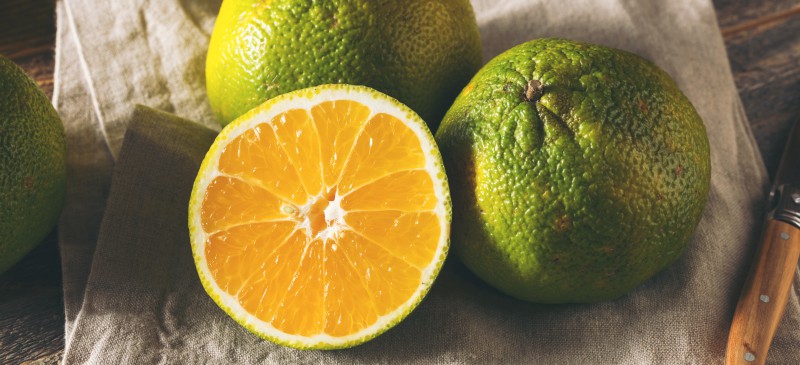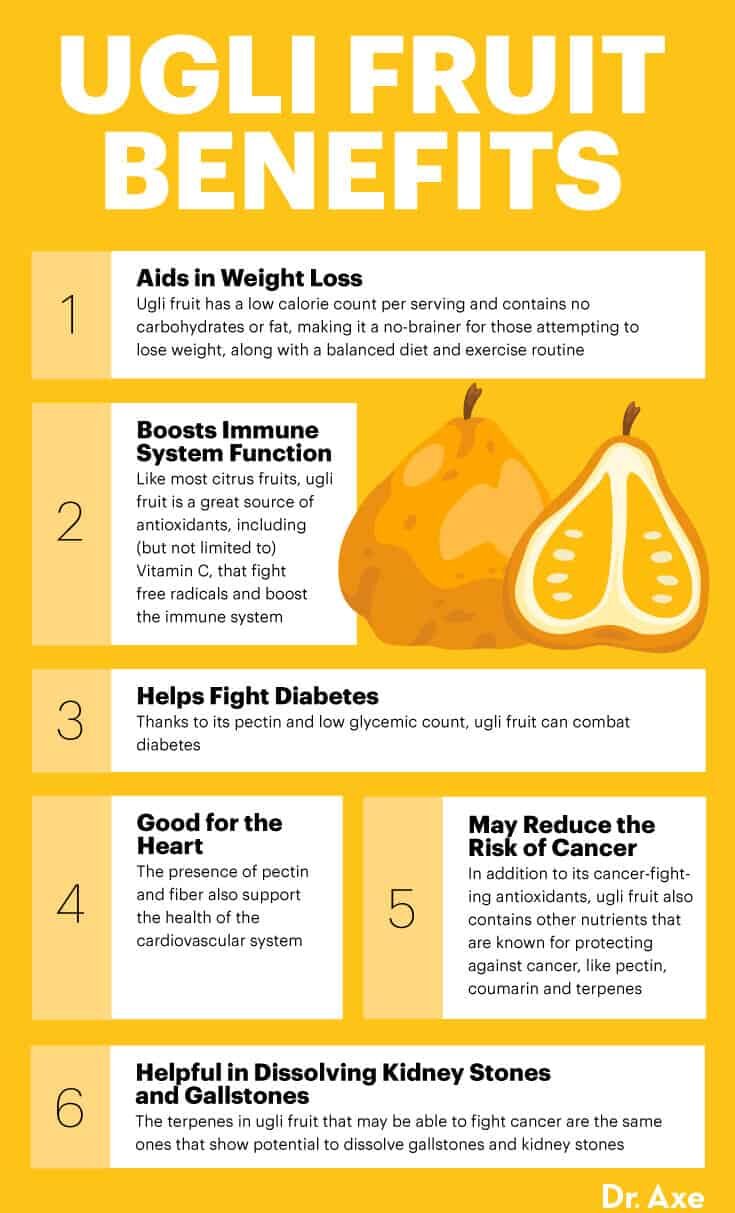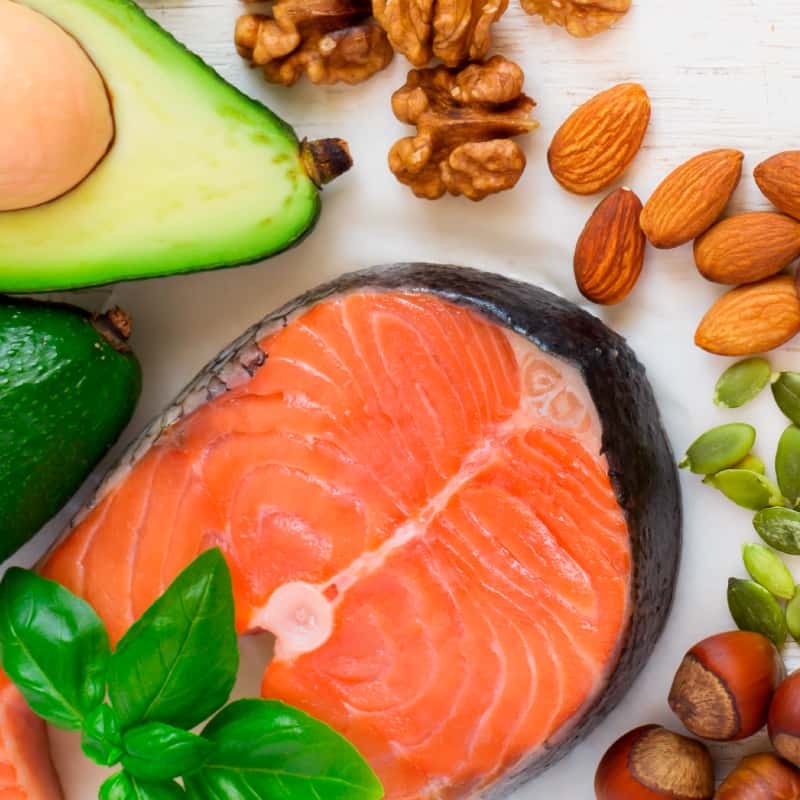This Dr. Axe content is medically reviewed or fact checked to ensure factually accurate information.
With strict editorial sourcing guidelines, we only link to academic research institutions, reputable media sites and, when research is available, medically peer-reviewed studies. Note that the numbers in parentheses (1, 2, etc.) are clickable links to these studies.
The information in our articles is NOT intended to replace a one-on-one relationship with a qualified health care professional and is not intended as medical advice.
This article is based on scientific evidence, written by experts and fact checked by our trained editorial staff. Note that the numbers in parentheses (1, 2, etc.) are clickable links to medically peer-reviewed studies.
Our team includes licensed nutritionists and dietitians, certified health education specialists, as well as certified strength and conditioning specialists, personal trainers and corrective exercise specialists. Our team aims to be not only thorough with its research, but also objective and unbiased.
The information in our articles is NOT intended to replace a one-on-one relationship with a qualified health care professional and is not intended as medical advice.
Ugli Fruit Benefits the Heart, Waist and Immune System
April 29, 2024

It doesn’t seem very nice to name a fruit based on its appearance, but I’m going to let it slide this time with ugli fruit — because this very unattractive fruit is only ugly on the surface.
Ugli fruit is a crossbred fruit found in a tropical climate, and it’s an incredible source of vitamin C, fiber and other nutrients, such as pectin and coumarin. It’s only been around for about the past 100 years or so but in that time has developed a very specific reputation of having a uniquely sweet but tangy flavor.
Don’t let the outward appearance fool you — ugli fruit is worth it. Why? Because ugli fruit has beautiful health benefits, such as aiding weight loss, boosting immunity and supporting the heart, among others.
What Is Ugli Fruit?
So, what exactly is an ugli fruit? Simply put, it’s a combination of three fruits: grapefruit, orange and tangerine.
The name “UGLI” is trademarked by Cabel Hall Citrus Ltd., the distributor that markets this crossbred fruit. Its species is referred to as Citrus reticulata x Citrus paradisi. It was actually found growing in the wild, similar to the way grapefruit came about, in Jamaica.
Technically, ugli fruit is the Jamaican form of tangelo, which generally is a breed of tangerine and grapefruit.
This Jamaican variation of the tangelo was originally experimented upon in the late 19th century. However, the exact variation of ugli fruit wasn’t found until 1917 when an estate owner named G.G.R. Sharp discovered it on his land. He subsequently pollinated the plant, using the cultivars containing the fewest seeds, and began exporting the plants in the 1930s to England and Canada, later expanding to New York in 1942.
This tangy citrus fruit earned its name because of its unattractive appearance. The wrinkled skin on the outside is very loosely attached to the fruit inside and collects in a kind of “outie” button at the top. The inside citrus is a pulpy orange, similar to oranges with more flesh throughout than a typical orange contains.
To this day, ugli fruit is grown only in Jamaica and exported to other parts of the world.
Nutrition Facts
Ugli fruit contains some of the amazing nutritional benefits of its three “parent” fruits, while even improving on one of them — but I’ll get to that later.
One serving of ugli fruit (½ fruit, about 122 grams) contains roughly:
- 45 calories
- 11 grams carbohydrates
- 1 gram protein
- 2 grams fiber
- 63 milligrams vitamin C (70 percent DV)
- 20 milligrams calcium (2 percent DV)
Like all fruits, ugli fruits also contain incredible antioxidants (in addition to vitamin C) and other important nutrients.
The ugli fruit is nutritionally most close to the orange, although the two are not identical. Oranges yield more calories per serving than ugli fruit, but they also contain more fiber and sugar. They double ugli fruit in the presence of vitamin C as well.
Overall, while ugli fruits are definitely nutritionally valuable, common oranges offer similar and (sometimes) better nutritional content.
However, no one wants to eat the same thing every day, right? Ugli fruits offer a different taste than traditional citrus fruits because they combine more than one flavor, and they’re a fun fruit to introduce into your diet.
Health Benefits
1. May Aid in Weight Loss
Ugli fruit has a low calorie count per serving and contains no fat, making it a no-brainer for those attempting to lose weight, along with a balanced diet and exercise routine.
It’s not only the low calorie count of this fruit that helps. The presence of fiber in ugli fruit is also a key in weight loss. High-fiber diets are critical to maintaining healthy weight or losing weight, if you need to do so.
One reason for this is that fiber helps you feel full for a longer period of time after eating, so you’re able to wait longer to eat again without getting hungry right away. High fiber intake may also decrease the absorption of toxins in your gut and improve hormone secretion within your digestive tract.
There is a type of fiber found specifically in citrus fruit known as pectin that has several proven benefits, including the aid of weight loss. In a 1997 study, pectin was found to reduce appetite, improve satiety and energize participants when they ingested even a small amount.
2. Boosts Immune System Function
Like most citrus fruits, ugli fruit is a great source of antioxidants, including (but not limited to) vitamin C. Antioxidants are important nutrients because they fight the damage that excessive free radicals can do to the body.
Unfortunately, the Western lifestyle and diet provide unnaturally high exposure to free radicals that cause oxidative stress in the body. The mutations and diseases caused by free radicals include the big killers like cancer, heart disease, stroke and many others.
Conversely, consuming antioxidant-rich foods, such as leafy greens, fruits and teas, on a regular basis provides your body the defenses it needs to function the way it was designed to work. Remember, your body is intended to fight off disease.
Vitamin C is a very popular antioxidant, and with 70 percent of the daily recommended value in just half of one ugli fruit, you’re sure to reap the benefits of eating ugli fruit regularly by seeing a boost in your immune function. Vitamin C encourages the production of white blood cells in your bloodstream while also protecting them from oxidation.
Ugli fruit also contains dietary fiber. Fiber is important for so many of your body systems, including the immune system. When you eat enough fiber, your gut is properly “bulked” and able to sweep out carcinogens and other toxins from your system, and fiber helps prolong the emptying of your stomach and increase the percentage of nutrients absorbed by your system.
Because most of your immune system is located within your gut, gut health is very closely related with a strong level of immunity to illness and disease. In fact, one 2013 study focusing on ovarian cancer found that high fiber intake may contribute to a decreased risk of the cancer.
Fiber is also responsible for strengthening the walls of the colon, which contributes to immune health as well.
Pectin in citrus may also help alleviate diarrhea, which negatively affects the digestive system and immune reactions.
3. Helps Fight Diabetes
Because ugli fruit is a low-calorie food that contains zero grams of fat or cholesterol, it ranks low on the glycemic index scale. While a diet rich in low-glycemic index foods does not actually aid in weight loss, according to long-term research, low-GI foods are important in the management of diabetes. The presence of fiber in ugli fruit also helps maintain healthy blood sugar levels.
Another way ugli fruit may be useful in fighting diabetes is the presence of citrus pectin. A 2016 study on rats in China suggested that the pectin specifically found in citrus may be of great help to alleviate the symptoms of type II diabetes.
This is probably due to the fact that pectin slows down the activity of enzymes that break down starches and sugar within the digestive system, helping protect against spikes in blood sugar, and slows the absorption of sugar and carbohydrates.

4. Good for the Heart
Ugli fruit also has various benefits to protect the heart from disease or abnormal function, due in part to its high antioxidant load.
In addition, the presence of pectin and fiber also supports the health of the cardiovascular system. Pectin has been shown to reduce cholesterol levels specifically in those at risk for coronary artery disease when introduced into the diet without any other changes in diet or routine. Cholesterol concentrations are very closely related with the instance of heart disease, so maintaining healthy levels of cholesterol is important to protecting the heart from future disease.
A diet high in fiber is also related to a reduction in risk for heart disease. Fiber is associated with a regulated cholesterol level and blood triglycerides.
The more pronounced the fiber intake, the less likely a person is at risk for developing hypertension and other factors for heart disease, including metabolic syndrome. This is why the Mediterranean population has such a low rate of heart disease compared to Western people.
5. May Reduce the Risk of Cancer
There are rarely healthy foods that don’t impact your risk for cancer in some way. This is because foods with positive nutritive content increase your body’s ability to fight disease, while the typical diet of an American contains a majority of foods that do the opposite.
In addition to its cancer-fighting antioxidants, ugli fruit also contains other nutrients that are known for protecting against cancer. For one, pectin causes apoptosis (programmed cell death) in colon cancer cells under certain conditions and may be a useful addition to a diet designed to help the body fight colon cancer.
Ugli fruit also contains coumarin, a chemical compound found naturally in many different kinds of plants. Coumarin has been studied as an alternative to traditional chemotherapy drugs, which have a long list of abhorrent side effects and issues with multi-drug resistance (when the body is no longer able to process certain drug substances in the right way).
On the other hand, coumarin is a plant-based substance with virtually no side effects and without a drug-resistance issue. In fact, coumarin is a hot topic in the cancer research world at the moment because it has apparent impact on a large variety of cancer types through various mechanisms of action, not just one.
Another common nutrient class in fruits, including ugli fruits, is terpene. This large classification of organic compounds has various purposes in different body systems, including as “biosynthetic building blocks within nearly every living creature.” Terpenes found in citrus fruits in particular have shown promise in shrinking mammary and pancreatic malignant tumors.
6. Helpful in Dissolving Kidney Stones and Gallstones
The terpenes in ugli fruit that may be able to fight cancer are the same ones that show potential to dissolve gallstones and kidney stones. One of them in particular, known as limonene, has been used for exactly this purpose in Japan for some time.
Risks, Side Effects and Drug Interactions
As with any food, it’s possible to be allergic to ugli fruit, although there have been no medically reported cases of allergy to the fruit. If you experience any kind of inflammatory side effects like swelling of the mouth or hives, discontinue eating ugli fruit immediately and consult your physician.
One important thing to note is that while ugli fruit is a cultivar that comes partly from grapefruit, it does not have the same medicinal interactions found with grapefruit. Grapefruit limits the activity of an enzyme responsible for breaking down drugs within the body, increasing the levels remaining in the body and increasing side effects and negative interactions. However, if you’re prohibited from eating grapefruit due to these interactions, it should be safe for you to eat ugli fruit.
How to Eat
Before they ripen, ugli fruits have a yellowish green skin. However, most varieties turn orange as they ripen, though some end up bright yellow or green upon ripening.
When choosing ugli fruit at your local market, be sure to check for any drying around the navel, and only choose the ones without dried skin. There should be some give in the skin under slight pressure, and small dents are common.
Because of the color differences involved in the cultivation of ugli fruit, color shouldn’t be a consideration when choosing individual fruit.
The most common way to eat ugli fruit is similar to how you might eat a grapefruit, by cutting it in half and using a spoon to get it out of its skin. It rivals the grapefruit in size, sometimes edging out as larger by a small margin.
Ugli fruit is generally sweet enough to eat without added sweetener, as it tends more to the sweet side of the orange versus the tangy tangerine.
Ugli fruit is considered to be in season between November and April each year and generally available in most fresh fruit markets around the world during that season.
Recipes
You can eat ugli fruit in more ways than one. If you’re interested in adding some sweet fruit to your morning smoothie, you can try an Ugli Fruit Smoothie that will give you a boost of antioxidants and potassium along with a delicious flavor.
For a fresh salad with an ugli addition, how about the official UGLI recipe for an Ugli Salad? You can add any kind of variation you fancy, and it’s sure to delight.
Final Thoughts
- Ugli fruit is a Jamaican-bred combination of orange, grapefruit and tangerine.
- It’s produced only in Jamaica and exported to the rest of the world throughout the “in season” months of November to April.
- It contains large amounts of vitamin C and fiber in each serving.
- The various benefits of this fruit include an aid to weight loss, cancer-fighting nutrients, protection from diabetes and heart disease, and the dissolution of gallstones and kidney stones.
- It has only been in existence for about 100 years.
- There are no known side effects to ugli fruit, and it does not have the same drug interactions as grapefruit is known to have.









